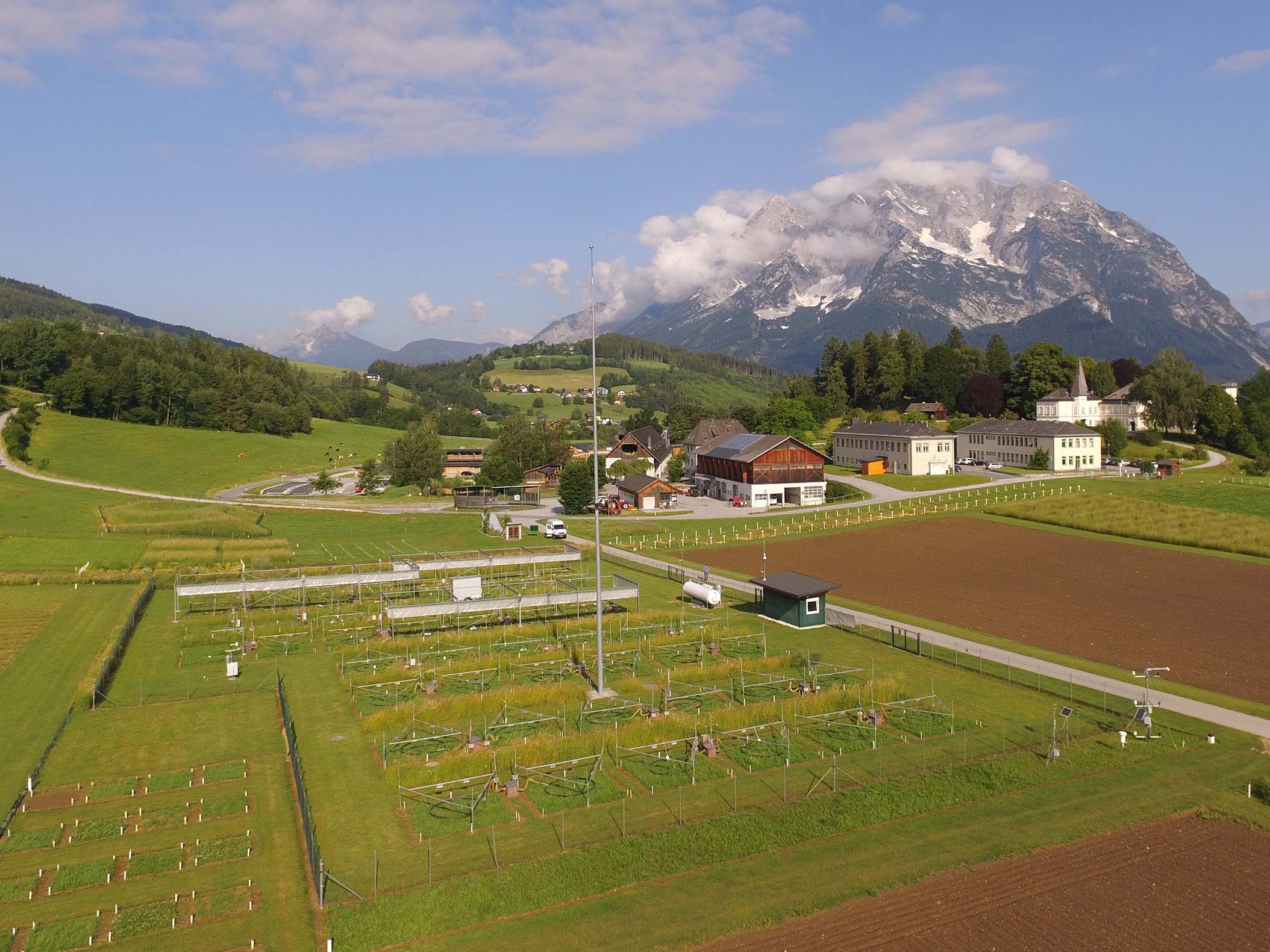Project goal
By bringing together and processing knowledge from research and the region, a basis is created for sustainable strategies to strengthen the region. The needs in the region are brought into line with the research goals as best as possible, for the environment and society.
A success story
20 years of the LTER-Austria association On November 10, 2022, the internationally embedded development process of the Society for Long-Term Ecological Research was celebrated in the ballroom at the University of Natural Resources and Life Sciences. As a location and institution, the HBLFA Raumberg-Gumpenstein has been an important partner in the LTER network for 20 years. The development of long-term ecological research in Austria began with a nationwide inventory of projects and institutions for interdisciplinary biodiversity and ecosystem research by the Austrian Network for Environmental Research. This research led to the founding of the Austrian Society for Long-Term Ecological Research (LTER-Austria) in 2002. With the ALTER-Net project in the 6th Framework Program of the European Union (from 2004), interdisciplinary biodiversity and ecosystem research was actively promoted and became this Pan-European LTER-Europe network of long-term research and observation sites was developed, also with the participation of the HBLFA Raumberg-Gumpenstein. Since 2004, LTER-Austria has been a formal member of the global LTER network and the regional network LTER-Europe.
LTER Austria
is an important source of inspiration for long-term ecological research in Europe. Through long-term observation of ecosystems, the LTER institutions contribute to research at the highest level. The long series of observations help to better predict future ecosystem changes in the face of climate change. For example, LTER studies changes in biodiversity, analyzes the impact of these changes on ecosystem services and informs policy makers and the public at European level.
Partners and collaborations
The research infrastructure of the HBLFA Raumberg-Gumpenstein, such as the “Lysi-T-FACE” - a technical experimental concept for simulating global warming in grassland, the ZAMG weather station in Gumpenstein and the long-term test sites are just as important as the long-term tests and the associated scientific expertise recognized specialist journals. The transfer of scientific findings into practice and teaching as well as participation in cooperation projects form the third pillar of networking. The HBLFA Raumberg-Gumpenstein has special collaborations with, among others, the Gesäuse National Park, the Lunz Water Cluster and the AGES (Austrian Agency for Health and Food Safety GmbH), including numerous research and educational initiatives. Researchers from all over the world also visit the site for their scientific work or use the constantly expanding data pool, currently the National Institute of Biology in Laibach. The EU's framework program, Horizon Europe, for example, now supports the LTER network with its locations and the research infrastructures that are currently being set up in various calls. eLTER faces the challenge of understanding the complex interactions between people, nature and the environment in the long term.
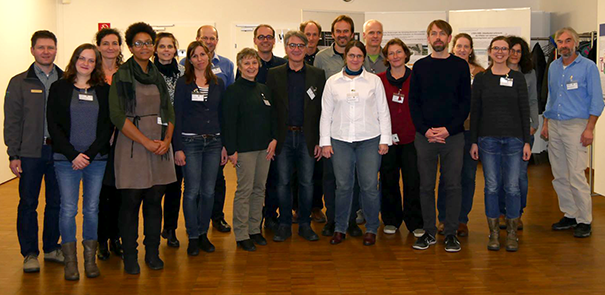
Environmental sustainability can only be achieved on the basis of solid knowledge and empirical evidence necessary to recognize and mitigate human impacts on ecosystems. eLTER promotes scientific knowledge and results through its state-of-the-art research infrastructure, a culture of collaboration and transdisciplinary expertise. This enables the development and application of evidence-based solutions for the well-being of current and future generations.
The transdisciplinary component is particularly important in the platforms for long-term social-ecological research, where human-environmental relationships are particularly examined. The LTSER platform Eisenwurzen covers a region in the border area of the three federal states of Upper Austria, Lower Austria and Styria with approx. 5,904 km 2 and 91 communities. With its now twelve long-term observation sites, it has served as a model for the development of research platforms across Europe since 2004. According to the motto “Research as a partner for the region, results from the region for the region and international networks”, many (inter)national projects were implemented, initiatives were set up and young researchers were enthusiastic about long-term ecological research at the locations and in the institutions .
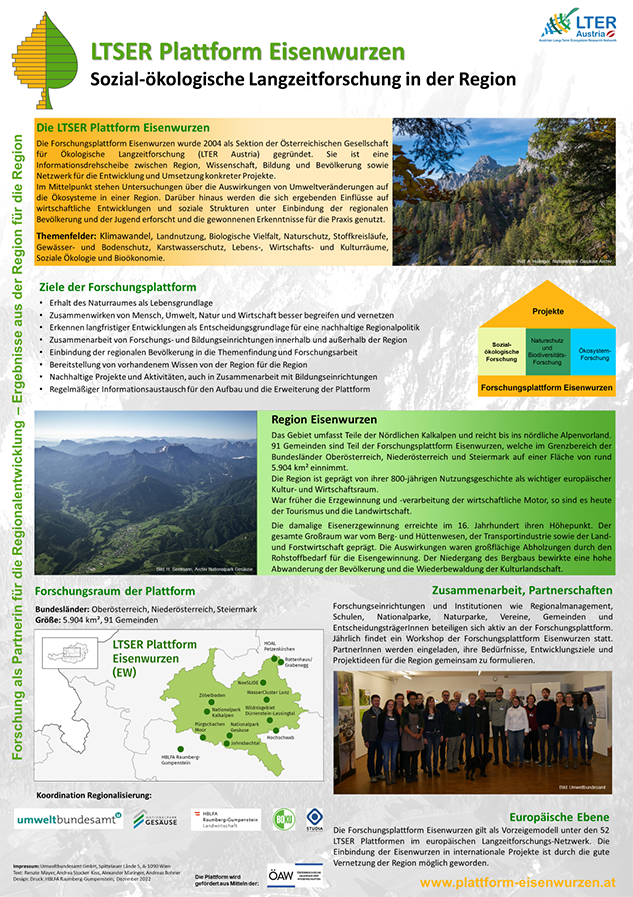
Further information, contact person
HBLFA Raumberg-Gumpenstein, Research Acquisition Department
DI Renate Mayer,
Mag. Rita Garstenauer,
Regional management of LTER Platform Eisenwurzen: National Park Gesäuse GmbH
Mag. Alexander Maringer,
Organization LTER Platform Eisenwurzen: Federal Environment Agency
Mag. Andrea Stocker-Kiss,
Further links
www.plattform-eisenwurzen.at
www.lter-austria.at
www.ilter.network
https://elter-ri.eu
Federal Ministry of Education, Science and Research (
BMBWF ) Information on locations and data is stored in the metadatabase DEIMS -SDR ( https://deims.org/ ) collected and made available for research together with data from all European LTER locations.
team
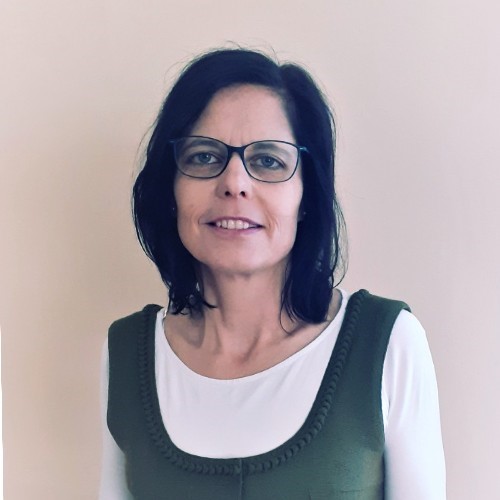
DI Renate Mayer
Acquisition
Dr. Andreas Bohner
Environmental ecology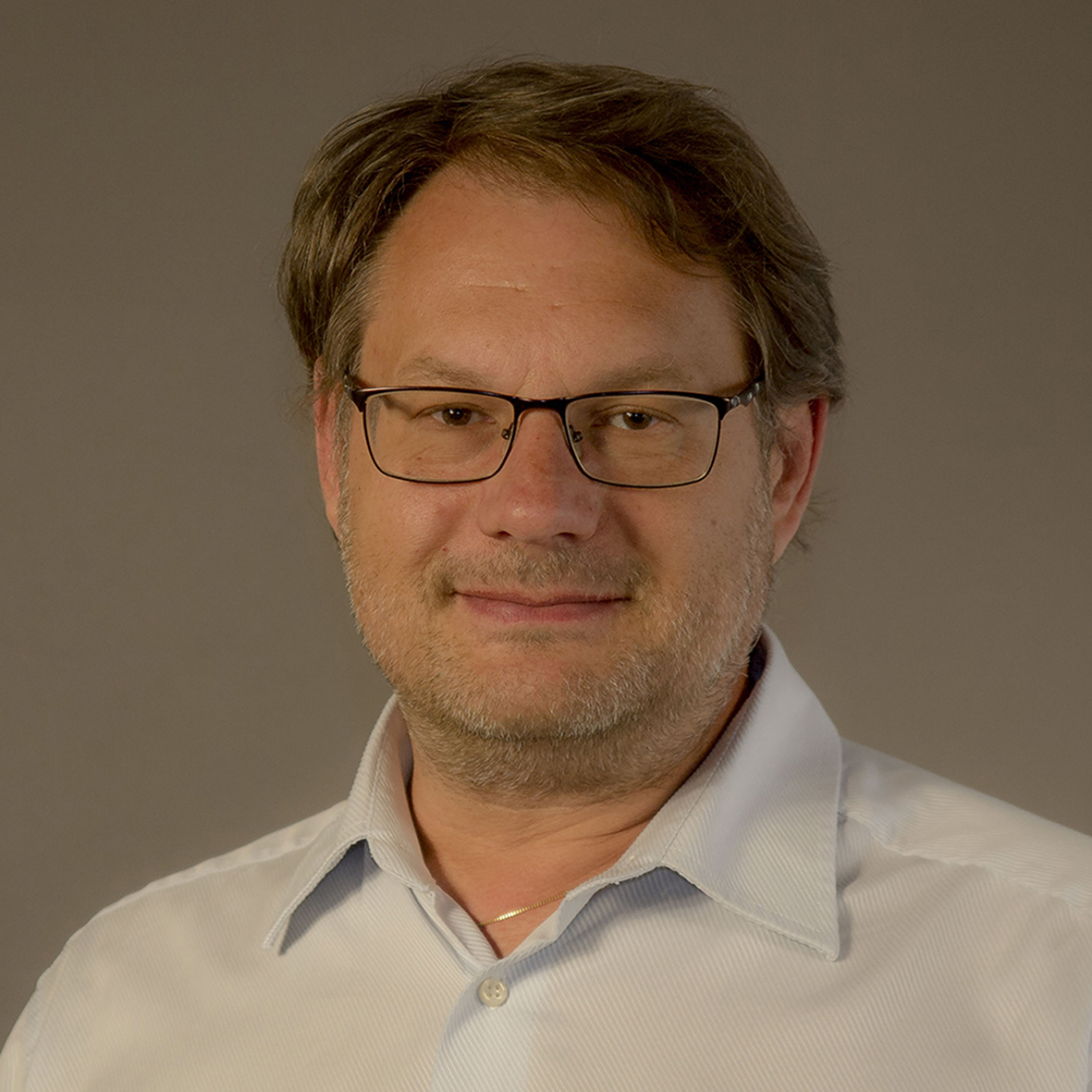
Mag. MSc. Andreas Schaumberger
Grassland management and cultural landscape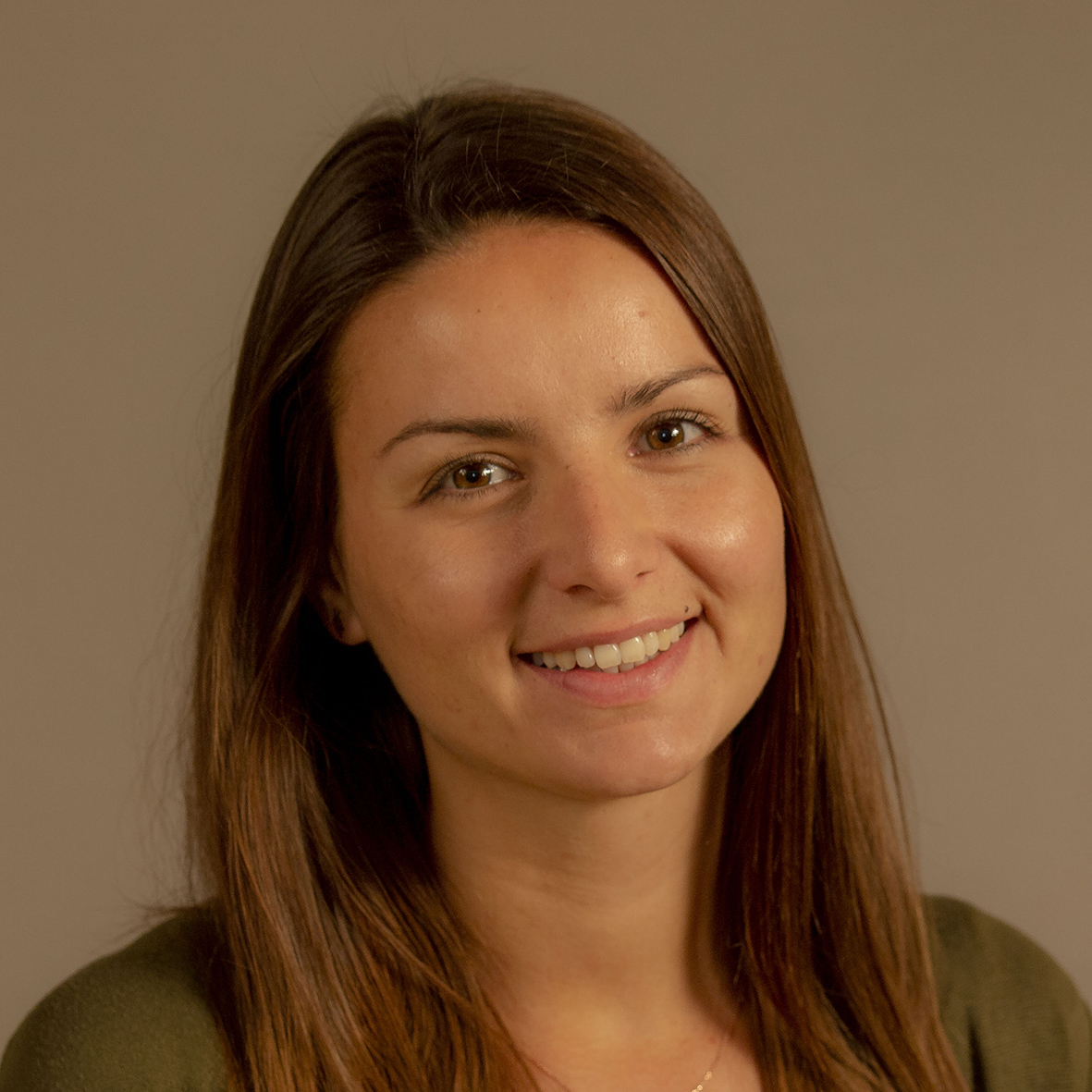
Mag. Kathrin Blanzano
AcquisitionSimilar projects
2385: VACCI
Evaluation of the fruit-growing potential of autochthonous and selected types of wild blueberries (Vaccinium myrtillus) Subtitle: Cultivation of Vacc. myrtillus for sustainable use and promotion of regional value creation
2011 - 2014, Bohner Andreas
2435: Alm Monitor
Monitoring of selected alpine sites in the Gesäuse National Park with regard to soil and phytodiversity under the influence of climate change
2016 - 2019, Bohner Andreas
2472: CASAS-C Sequest
Carbon sequestration in Austrian grassland soils - KLIEN project
2020 - 2023, Bohner Andreas
2821: WT Alternet Gesäuse National Park
Land abandonment and vegetation change in open landscapes
2005 - 2006, Bohner Andreas
3649: WT Alm20
Feed value, phenology and population structure of alpine pastures in a 20-year comparison
2016 - 2018, Blaschka Albin






